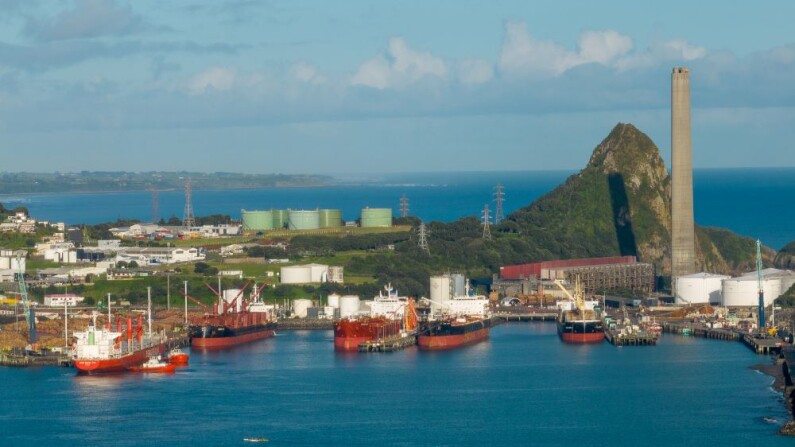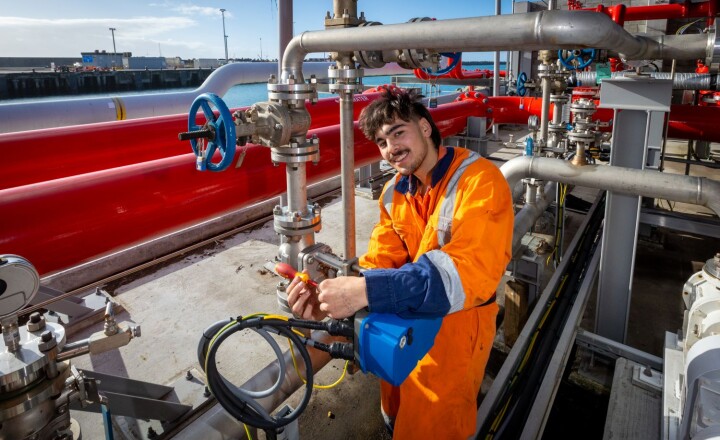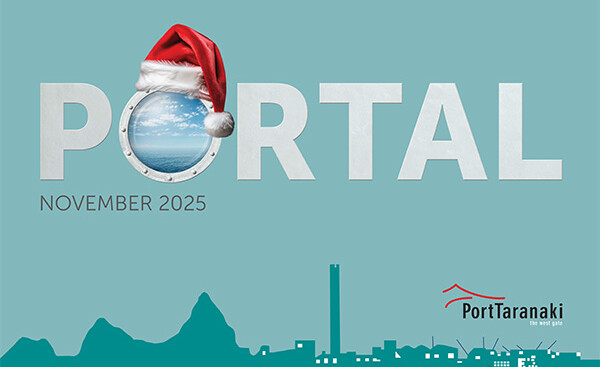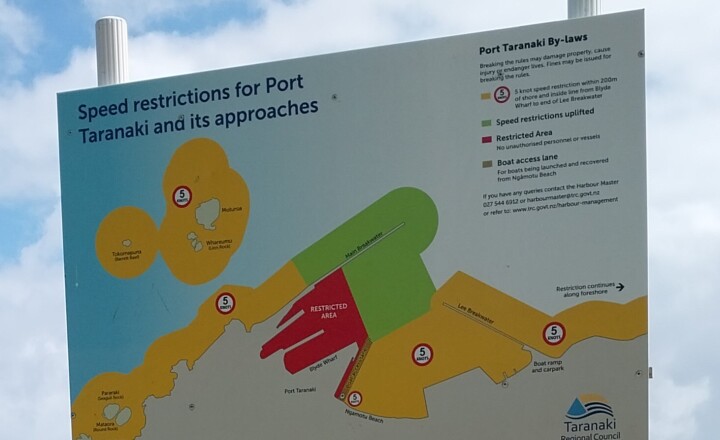
Port Taranaki has welcomed the Government announcement today to launch a formal procurement process for an LNG import facility in New Zealand.
“This is an encouraging development as solutions are needed quickly to shore up New Zealand’s gas supply to ensure energy security, resilience and affordability,” Port Taranaki chief executive Simon Craddock said.
“While it’s a first step and a decision whether to proceed with the next stage will be made in December, we are encouraged by the Government’s move to take action and look to invest in energy security through this procurement process.”
With a project delivery deadline of winter 2027, Mr Craddock said Port Taranaki was the right location for an LNG import facility.
“By utilising our existing energy infrastructure, including wharves, pipelines, and storage areas, and our connectivity to national transmission pipelines and storage facilities, Port Taranaki is in a strong position to quickly and efficiently support the development of a small-scale, low-cost LNG project or a larger facility that would meet future energy demand needs.”
Mr Craddock said Port Taranaki would not lodge a Registration of Interest (ROI) as a potential supplier of LNG infrastructure.
“Port Taranaki is not an LNG developer, we’re a facilitator of trade, therefore we won’t be lodging a ROI.
“However, we’ve been talking with potential developers and are ready and willing to work with them, Government, investors, and the industry on solutions to help realise LNG imports – offering our capabilities around marine services, port services, infrastructure, and land.”
Mr Craddock said he was also encouraged by the Government’s announcement of support for the acceleration of the delivery of renewable energy, speeding up consenting and enabling offshore renewable energy.
“Port Taranaki is supportive of a range of energy solutions to help bolster energy resilience. We are working on plans to develop multiuse infrastructure at Port Taranaki that will support both traditional and new energy solutions, such as offshore wind production, so this is great news,” he said.
“Overall, our aims are to enable New Zealand’s energy future by helping ensure energy security, resilience and affordability for New Zealanders; providing industry and investors with long-term infrastructure that can be leveraged to meet growth and profitability targets; promoting regional and national development; supporting the creation of jobs; and helping grow the economy, both regionally and nationally.”


